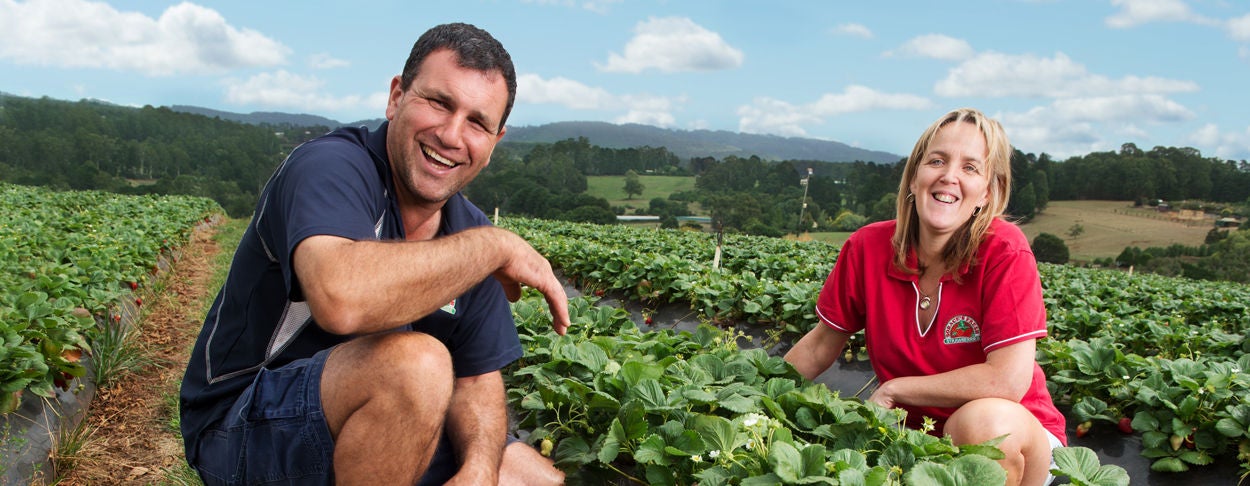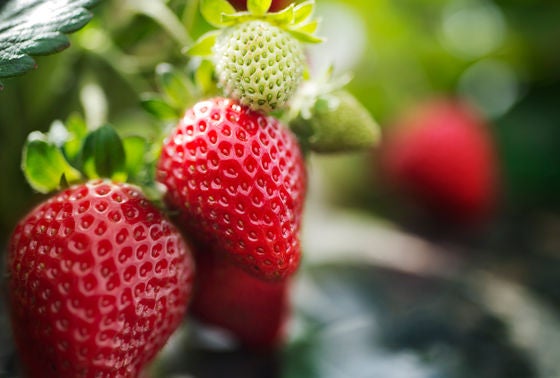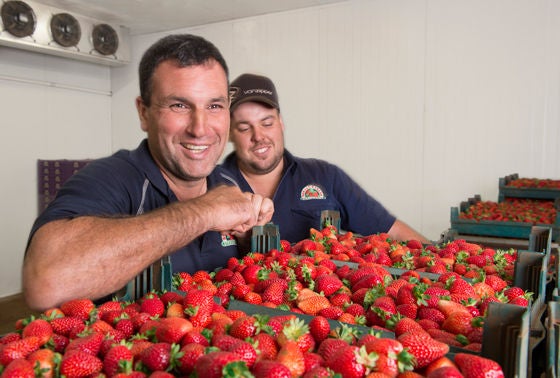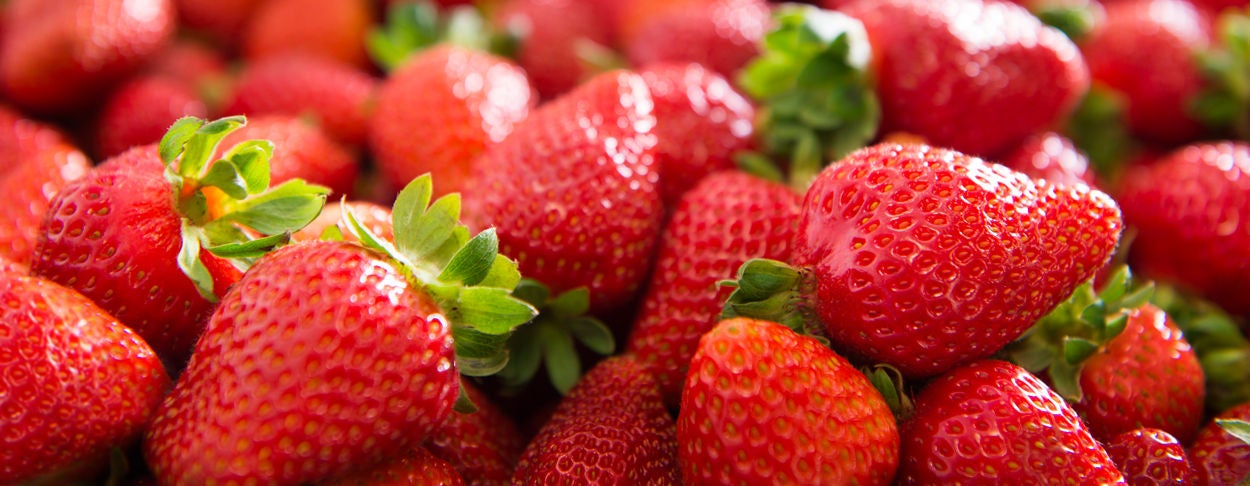Posted by on
21/02/2017
For Vince Sorace, a strawberry producer from the Yarra Valley in Victoria, meeting the ever-increasing demands of consumers is not only a challenge, it’s a key business objective. “Consumers these days have very high expectations in terms of appearance, flavour, convenience and of course price,” Vince said.
“It’s been a challenge for us as an industry to meet these demands.”
Vince’s parents started growing strawberries on the farm in 1972 and while they are still producing the same commodity. Vince says the product and the industry has advanced a lot in that time. “It used to be farm, farm, farm and get the best money you could for the product,” he said. “There’s now a much bigger focus on business, having a strategy and looking holistically at how you can make it as profitable as possible.”
Working with the climate
Vince, his wife Anita and son Daniel, farm 12 hectares producing 1.3 million punnets of strawberries near Silvan at the foot of Mount Dandenong, 45 kilometres east of Melbourne. It’s in this ideally located area that 85 per cent of Victoria’s strawberries are grown.
“Due to the cold winters, we are only able to produce strawberries for seven months of the year,” Vince said. “Our harvest period runs from the start of November through to the second week of May, the plants basically then lay dormant for the winter period.”
During this break in the cropping cycle Vince and Anita escape the Victorian winter for their annual pilgrimage to Broome. “For nine months of the year we’re working seven days a week, so when the winter takes hold we take the opportunity to escape for a bit and re-energise and also spend a bit of time analysing and planning for the next season,” Vince said.

“With strawberries, as with many fruit and veg, you have to stay ahead of the game. “If there is a new variety coming out in the next couple of years that consumers are going to love then you need to be planning for it a couple of years out.”
The Soraces currently grow one variety, Albion, Vince says that while it isn’t a high-yielding variety, it is popular with consumers. “Albion’s a sweet variety that travels and presents well,” Vince said.
“It probably yields 40 per cent less than some varieties but it makes up for this in the price premium it demands. “The varieties that are coming out, particularly from the U.S., continue to improve so it’s likely we’ll move a percentage of the farm to a newer variety when it becomes available.”

Integrated pest management
Along with the visual and taste driven demands that today’s consumer has for fruit and vegetables, Vince says that there is also a premium available for strawberries grown with minimal chemical intervention. “Over the last 10-15 years we have seen a lot of improvement in sustainable farming methods," Vince said.
“Our customers keep coming back to our strawberries for the flavour, but how the strawberry is grown is of increasing importance,”
The Soraces operate an Integrated Pest Management (IPM) program on the farm, which emphasises a focus on healthy plants and makes use of natural pest control mechanisms. “We are striving to grow a cleaner product as well as a good product,” Vince said.
“Along with the adoption of biological controls, such as beneficial insects, we’re continuing to improve our understanding of intervention levels. “We now tend to look at the economics of the crop, sometimes it is more about keeping a pest or weed at a manageable level rather than totally ridding yourself of it.
“If we don’t need to spray, we won’t, we’re trying to get as close to organics as possible, while remaining economically viable.”
Vince says the implementation of moisture probes into all of his strawberry beds has also contributed greatly to their sustainable production program. “Our water efficiencies have increased immensely, we are now looking at weather forecasts and only putting water where it’s needed,” he said. “We also no longer have a problem with overwatering, which has the added benefit of reducing the exposure to fungal diseases.”
Vince and Anita have been with Rabobank for almost a decade. They joined at a time when they were looking to double the size of their operations from 200,000 to 400,000 plants. “We needed a bit of a cash influx to support this increased planting,” Vince said.
“We joined Rabobank because we liked the flexibility of the All in One Account, our income fluctuates a lot seasonally and they were open to tailoring to our needs."
“We’ve been with them close to 10 years now and I know it sounds like a cliché but you do feel like they’re with you all the way.” With the ever changing landscape of strawberry production in Australia, Vince says that flexibility will be key to their success.
“Growing the business is only going to get more challenging,” he said. “There is definitely going to be increasing pressure in terms of finding consistent labour. “I expect that the demands of consumers will continue to increase but in order to meet these expectations consumers will need to understand the value of the product.
“However, it’s still my belief that if you produce a good product there is no reason that you can’t increase your business output, even slightly, every year.”

